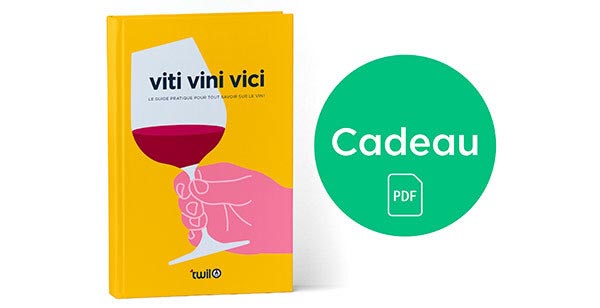You have no items in your shopping cart.
Why does wine color our teeth, and how can we avoid it?
Why does wine stain your teeth?
The tooth surface is made up of dental enamel. This fabric can be smooth or slightly rough. Imagine, for example, a slightly old porcelain cup or tableware: scratches and wear will make it lose the original smooth shine. With this wear, the colors of the liquids which will be poured into it will find more surface to cling to, and will be fixed more easily.
The wine being composed of colored molecules, and tannins, the small scratches of the teeth will offer spaces to which they will cling, and display their colors.
How to limit the coloring of teeth?
We have understood that tooth irregularities are the cause. The first, preventive action would therefore be not to brush your teeth too hard, because hard toothbrushes will scratch the teeth and help make the teeth more sensitive to staining. Regular brushing, however, will clean the teeth well and prevent staining from taking hold. As simple as that!
Another simple solution is also to drink white wine, quite simply, because its color close to that of the teeth will not leave marks.
Finally, it is possible to have a curative action, for stained teeth in the long term. However, the wine stains are usually short-lived, and the stains are most often caused by cigarettes and other dyes such as tea or coffee. Teeth whitening is a solution, but must be done with reserve and relatively infrequently to avoid damaging the teeth.
Are facets and crowns also affected by the coloring?
Dental facets are generally less marked because they are made of ceramic material, like most crowns. However, over time, they can also wear out and become more sensitive to coloration.
This information was collected from Doctor Silviya Vimazal, an english speaking dentist. Dentiste paris 17.
Never miss a drop. To keep up to date with news from our winemakers and the Twil team, follow us on social media








 TWIL - Achat de Vin
TWIL - Achat de Vin


